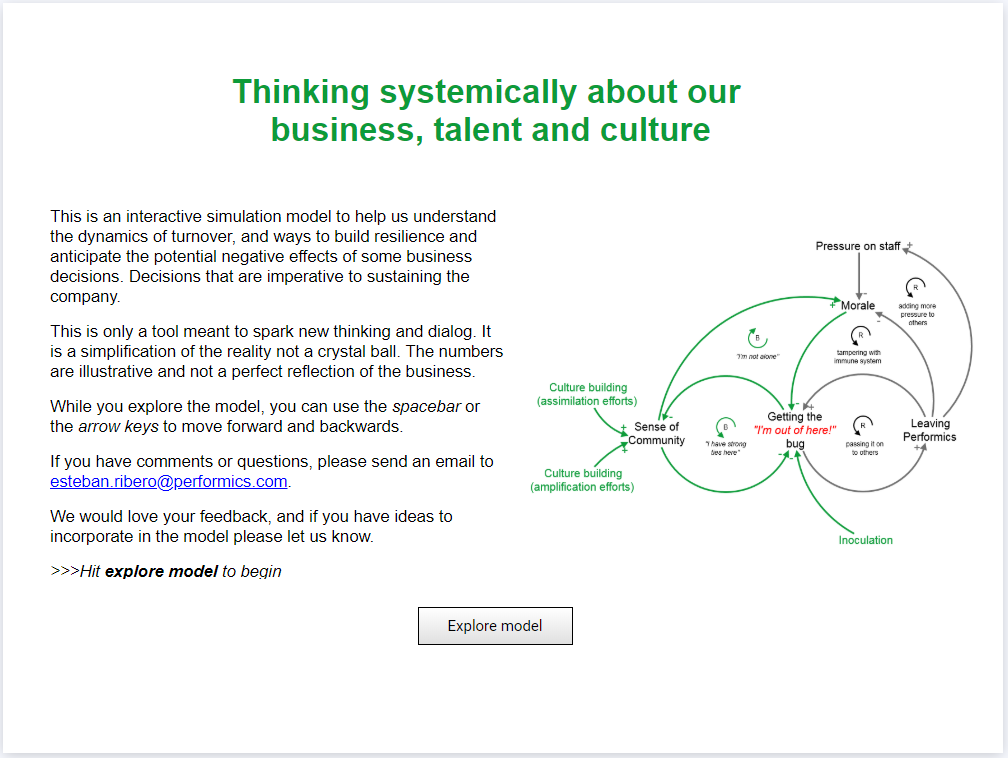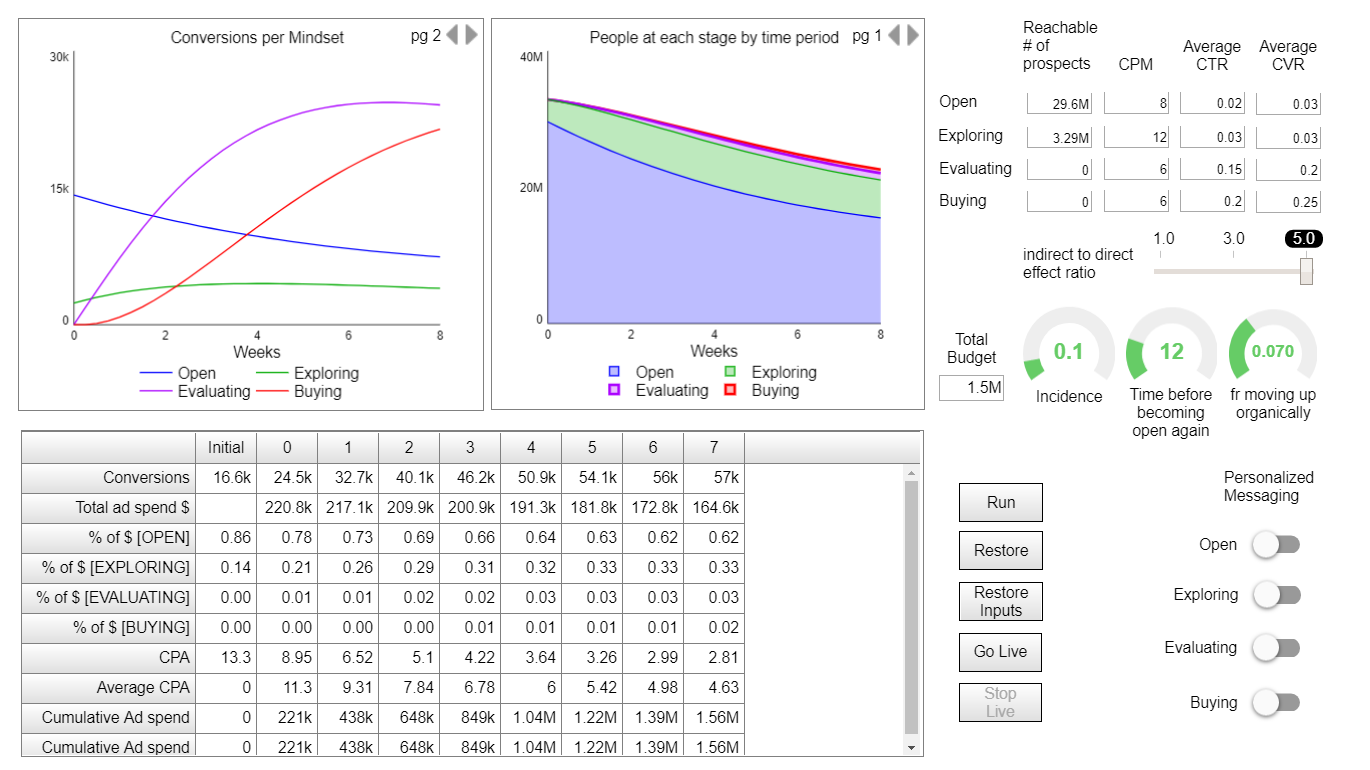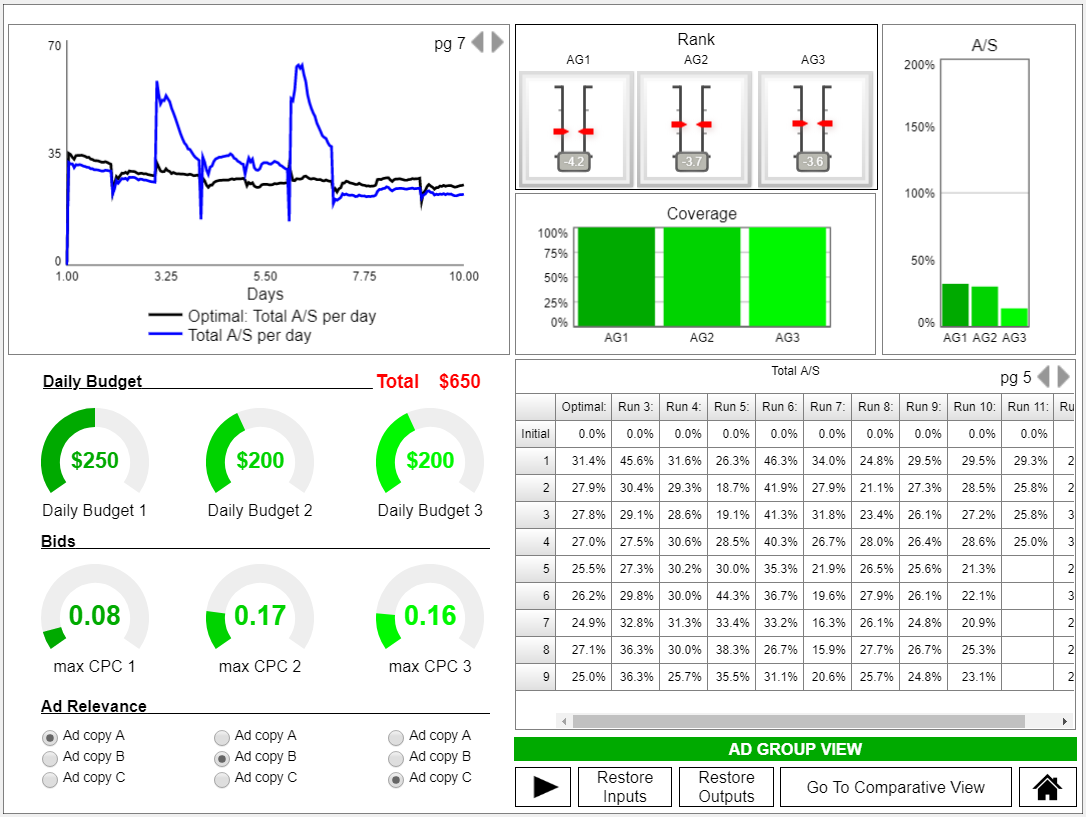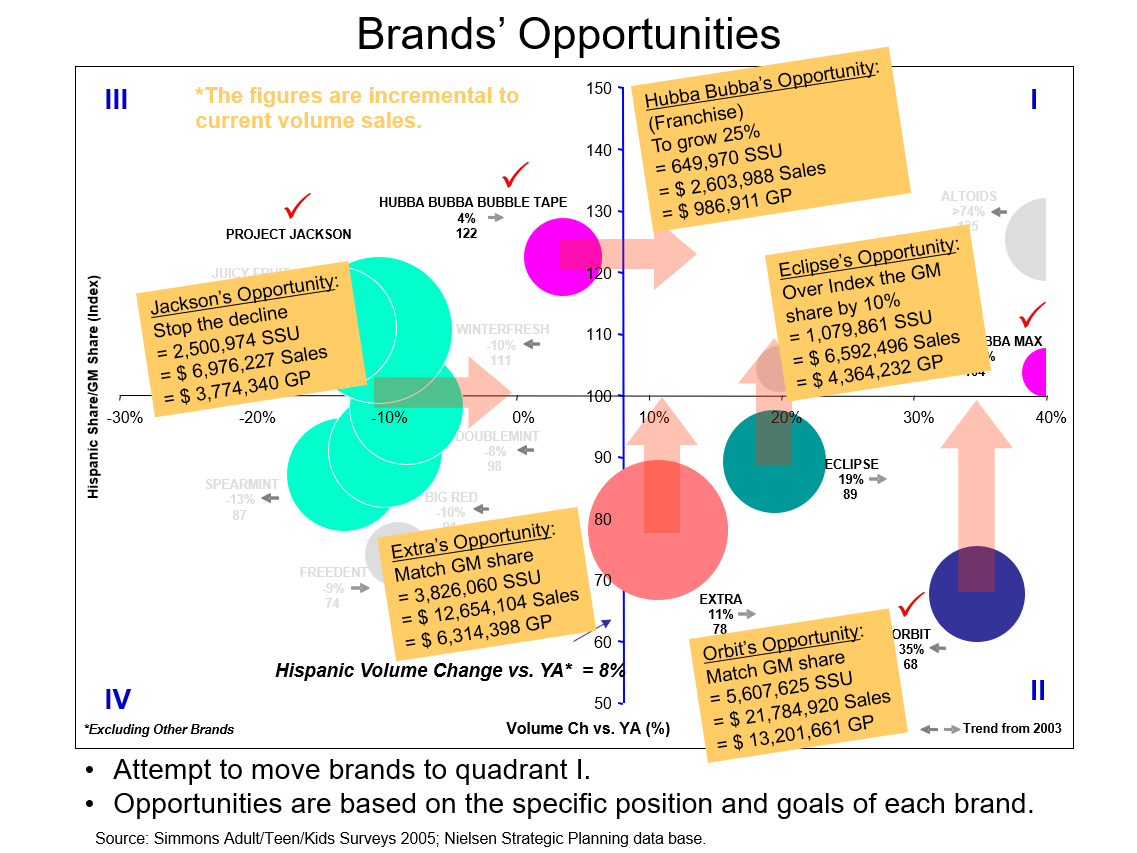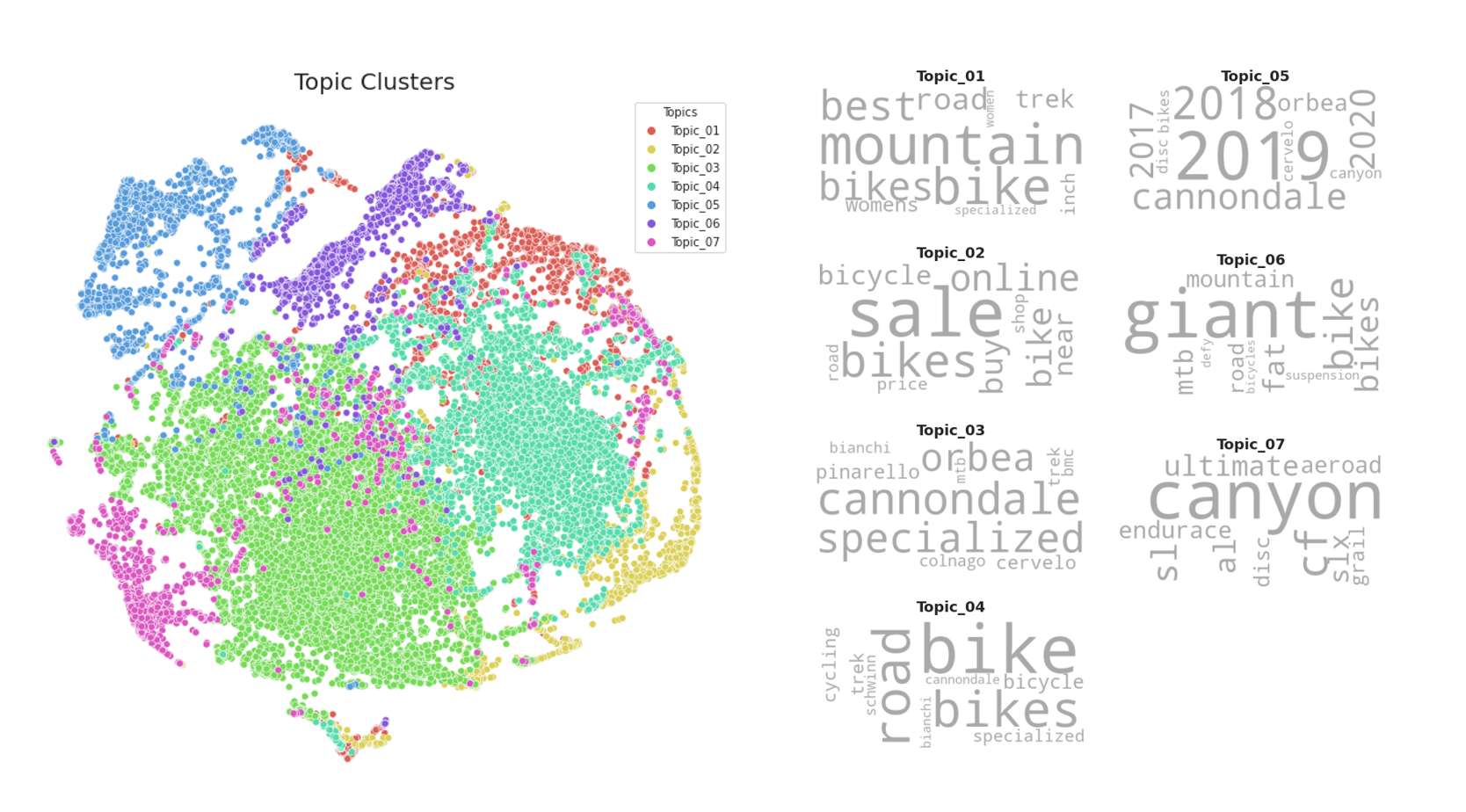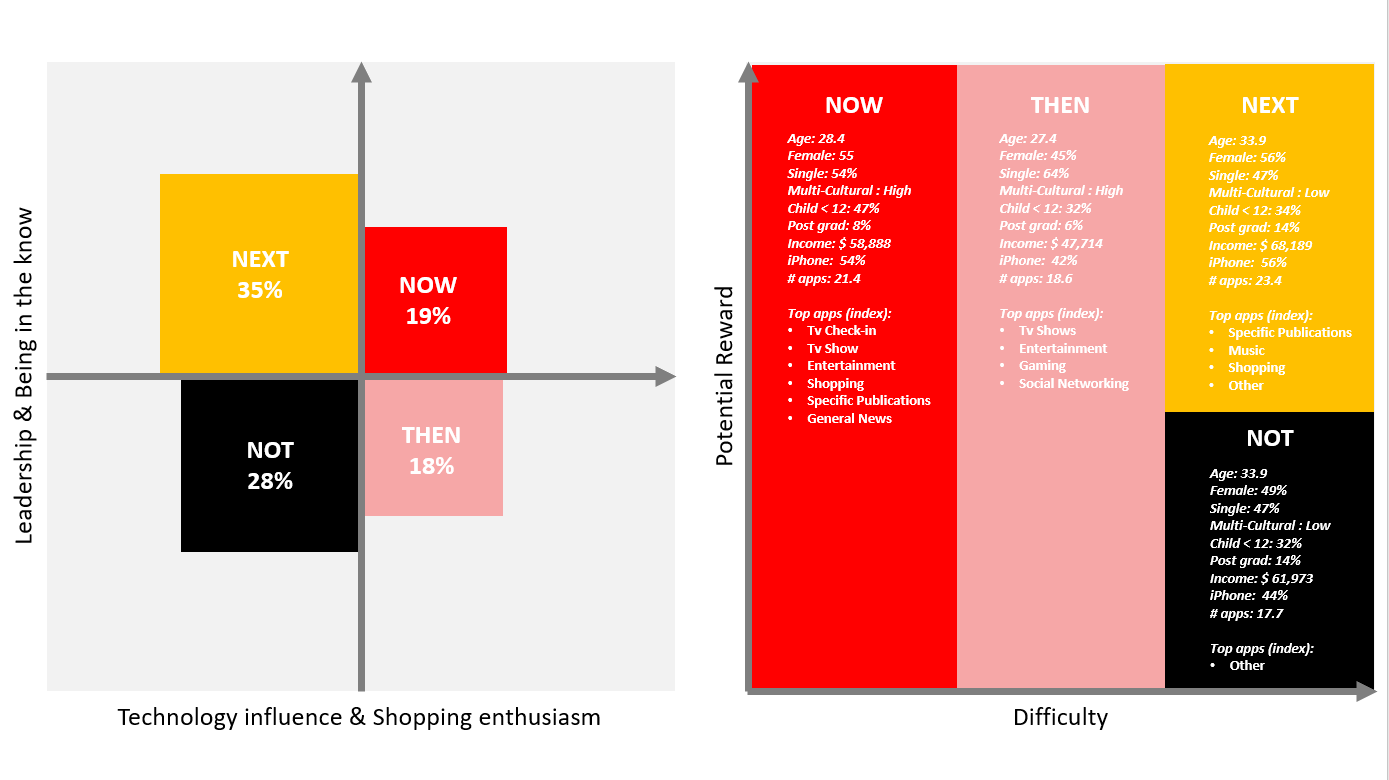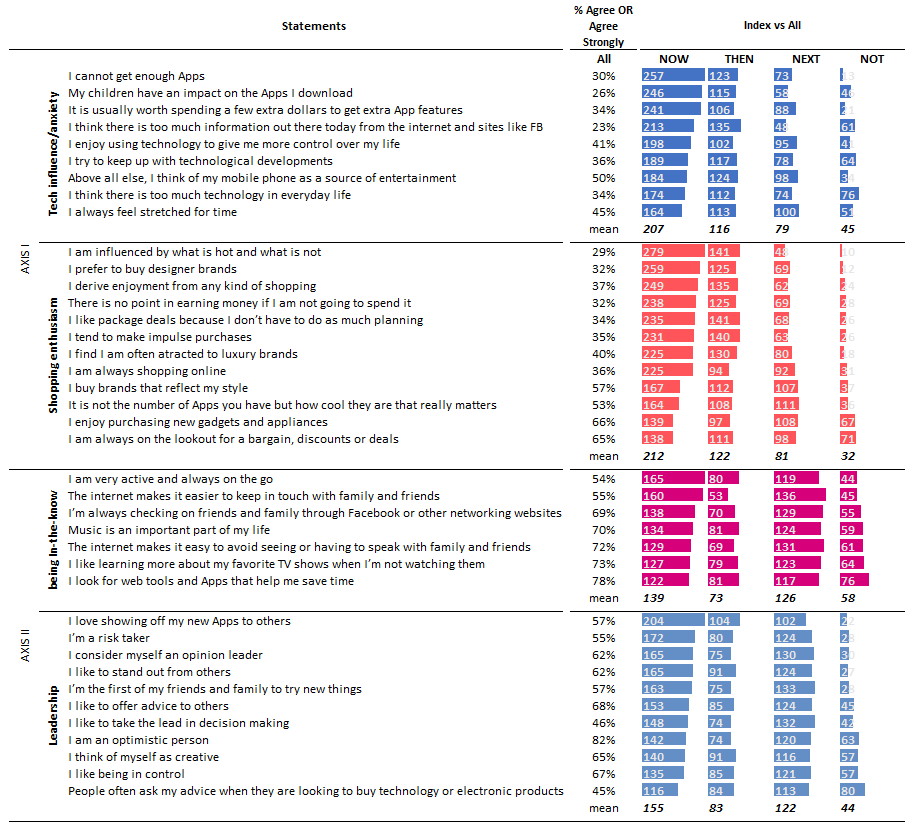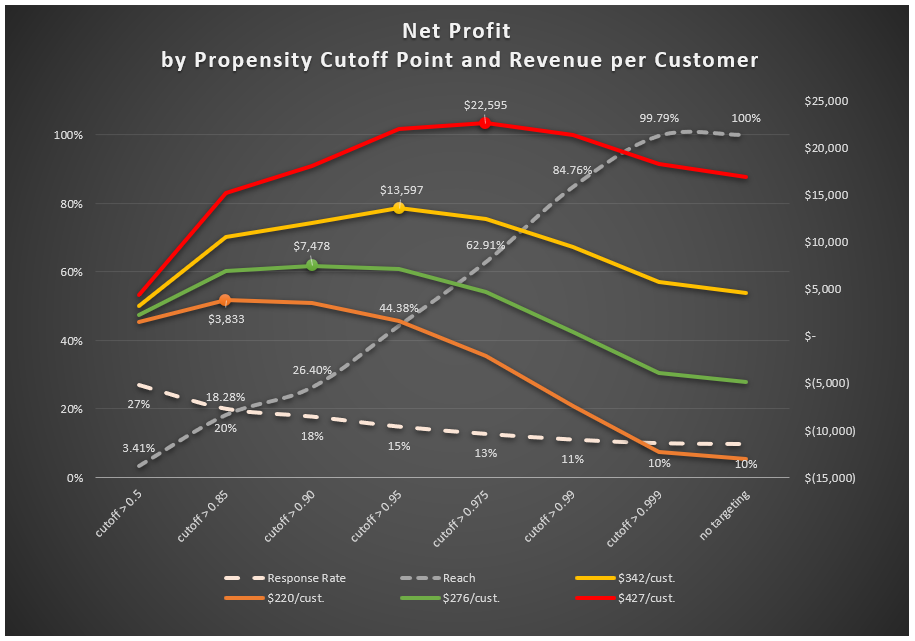Marketing & Business Strategy
(+ Simulation)
When facing a strategic challenge, I ask myself “what is the system driving the behavior of interest?”.
To answer the question, I often rely on systems thinking and dynamic modeling, a simulation and modeling technique for framing, understanding, and discussing complex issues and problems. In other cases, I build custom frameworks and thinking tools to have a dialog with data and update my mental models. Robust strategies often emerge from that dialog.
The Learning Lab
After being disillusioned with the short-termism prevalent in the marketing and advertising industry, I created the Learning Lab, a focused practice aimed at using simulations from simple System Dynamics models to help us better understand the intended and unintended consequences of our actions. The goal of the Learning Lab is to deepen our level of understanding of the systems we act on and better design strategies for the long term. I call this Deep Understanding.
Below are some case studies. Click on the image or text to learn more.
Business Simulations
I create interactive simulations and games to explore and understand the systems behind strategic challenges. The following are recent examples.
The dynamics of employee turnover
Click the image to explore the simulation
Intent-Based Marketing - Mindset Simulation
This simulation environment is part of the tools I have created to plan digital media and brand experiences personalized to consumers’ intentions at each stage of the decision journey.
Missing the Forrest for the trees
In this simulation environment search engine media managers try to optimize efficient revenue (A/S Advertising Cost/Revenue) by managing bids on simulated search engines. The game demonstrates that when the media managers focus too narrowly to drive efficiency in the present they miss bigger rewards in the long term. The simulation also demonstrates that optimizing too often (the supposed best practice) leads to lower performance than letting the system build momentum over time.
BUSINESS OPpORTUNITY ANALYSes
I have used several approaches to develop methods to size and evaluate business opportunities, assess the difficulty in realizing those opportunities as well as the short-term and long-term benefits.
Brand Portfolio strategy
The U.S. Hispanic market had become a strategic initiative for the Wrigley company. Yet, the gum manufacturer wanted to understand which portfolio of brands to support with dedicated Hispanic efforts in 2006 and beyond.
I provided a portfolio strategy that covered all the needs states of consumers of the gum category and leveraged an actionable segmentation of the U.S. Hispanic market based on immigrant-generation and age. The analysis provided a market opportunity for each potential brand and the best way to capitalize on the opportunity.
The strategy became the blueprint for Wrigley's Hispanic business strategy for years.
Growth Paths for a Big Retailer
One of the biggest department stores in the U.S. wanted to identify growth opportunities in 2018 and set the focus of the strategy for the next few years. I provided an opportunity analysis using revenue forecasts and sources of growth. The above strategic canvas provided the foundation for the marketing strategy, guiding media planning, content development, and loyalty programs.
INTENT-BASED CONSUMER DEMAND ANALYSIS
Mining data from Google searches is a powerful way to understand the active consumer demand in a category. Click here to learn more about how I use Machine Learning techniques to inform marketing strategy.
Market segmentation
A new entrant into the Consumer Entertainment App Industry wanted to identify opportunities to go after with new products and services. To provide the strategic foundation and roadmap for product exploration, I developed a segmentation scheme using an action-oriented framework that provided a good balance between statistical rigor and business sense. The NOW-THEN-NEXT-NOT scheme provided actionable segments, clear distinctions across easily to understand dimensions, a well-balanced size of the segments, and direct and clear marketing and business implications. Click here to access the full report.
PROFIT MAXIMIZATION WITH PROPENSITY MODELS
A large appliance manufacturer was interested in using propensity models to better target consumers with direct mail campaigns. A data set containing transactional data from past purchases and enriched with all kinds of data about the consumer, the household, or the zip code -from third-party providers- were used to develop a model to predict non-responders and avoid targeting them. Simulations varying the estimated revenue per customer and the cutoff point used to filter out potential consumers allowed me to identify different optimal points in the Reach-vs-Response-Rate tradeoff. Click here to read the report.
Conjoint Analysis for Product development
To assist the identification of a winning product in a highly competitive product category such as tablet computers, I conducted a Conjoint Analysis and simulated the share of preference for different configurations of a new tablet. The analysis included a brand equity assessment by comparing the difference in share of preference for the same tablet configuration depending on the brand behind it. To check the report please click here.









